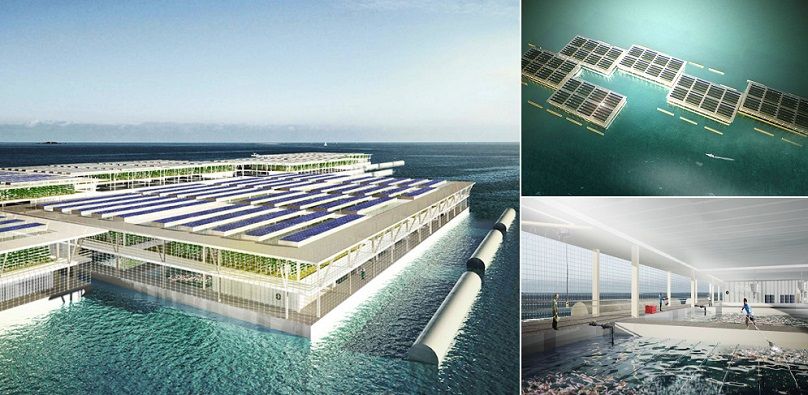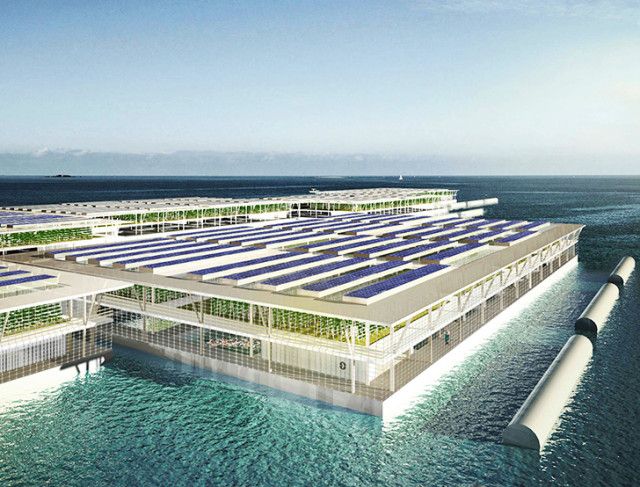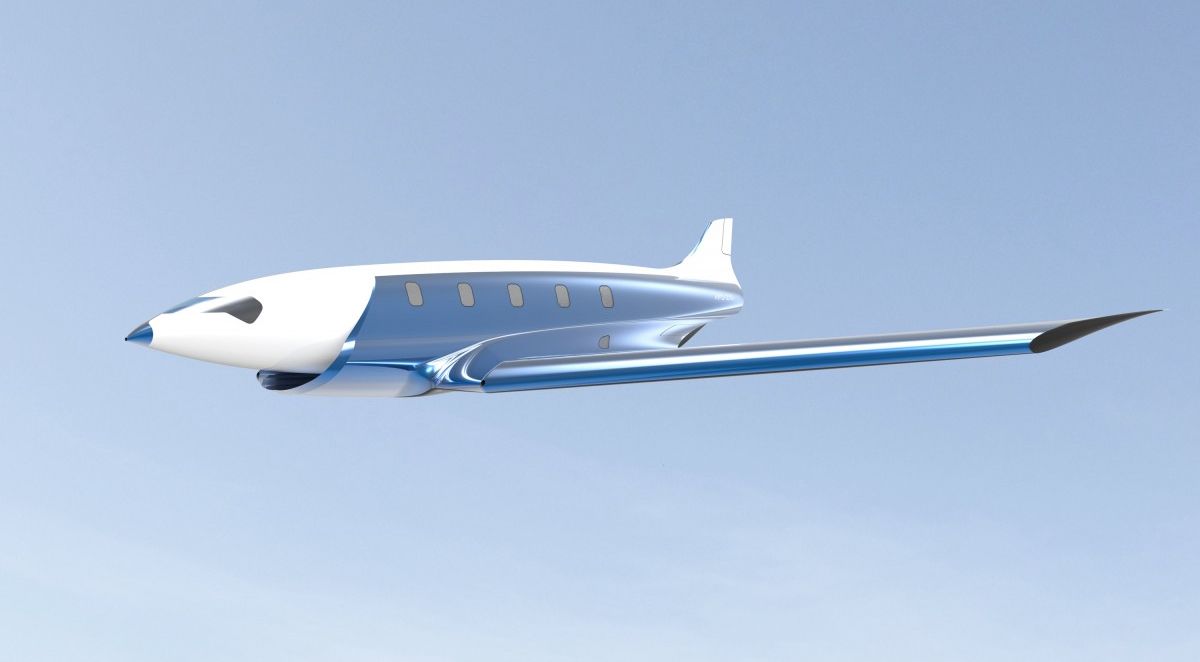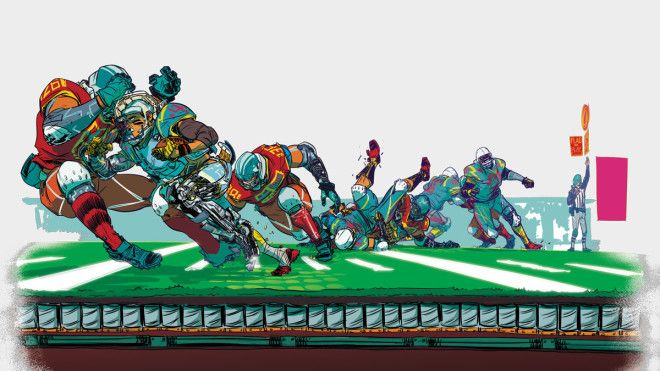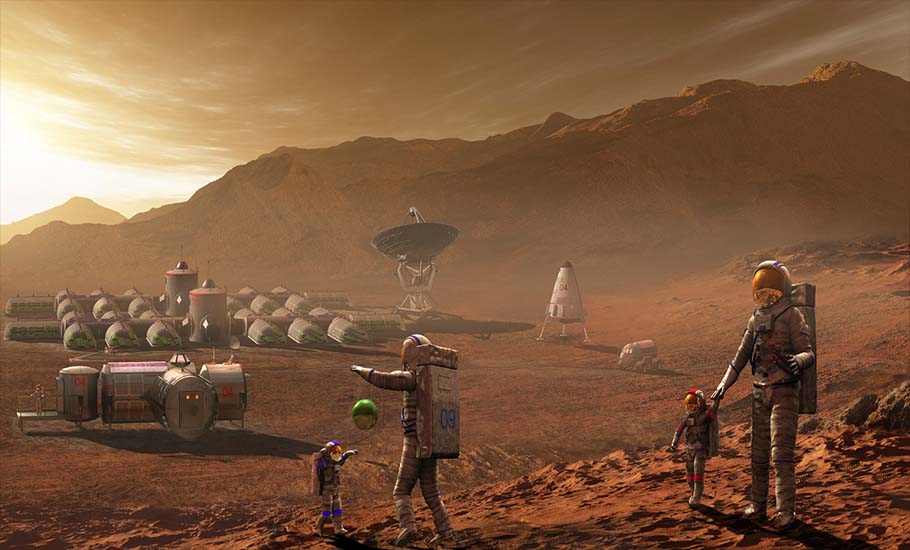Feb 2, 2016
Solar-Powered Floating Farms That Can Produce 20 Tons of Vegetables Every Day
Posted by Shailesh Prasad in categories: employment, food, solar power, sustainability
Traditional farming has challenges that are now being overcome by innovative and sustainable solutions. One instance is a floating island that is powered by solar energy and has several farms that were created by the Forward Thinking Architecture. The islands are designed to work in an energy efficient manner where rainwater and sunlight are harvested so that the farming is done in a sustainable manner. The floating farms are designed to produce vegetables of the amount twenty tons every day. The advantage of this approach is that it has paved the way for farms such as this to be built and run across the world, even in places that are not accessible or do not have the right resources for farming. Locals can grow the food they need and reduce the need to import food and other goods which can then save money and provide opportunities for local employment. The floating farms and their amazing technology and possibilities are shown below. There are links given as well for those who wish to know more. It surely will revolutionize the problems of food production that has been plaguing many countries.
